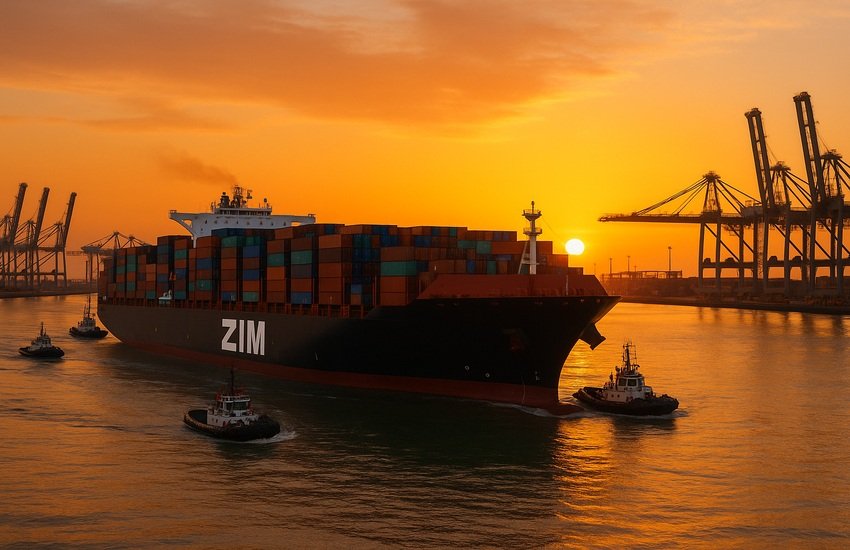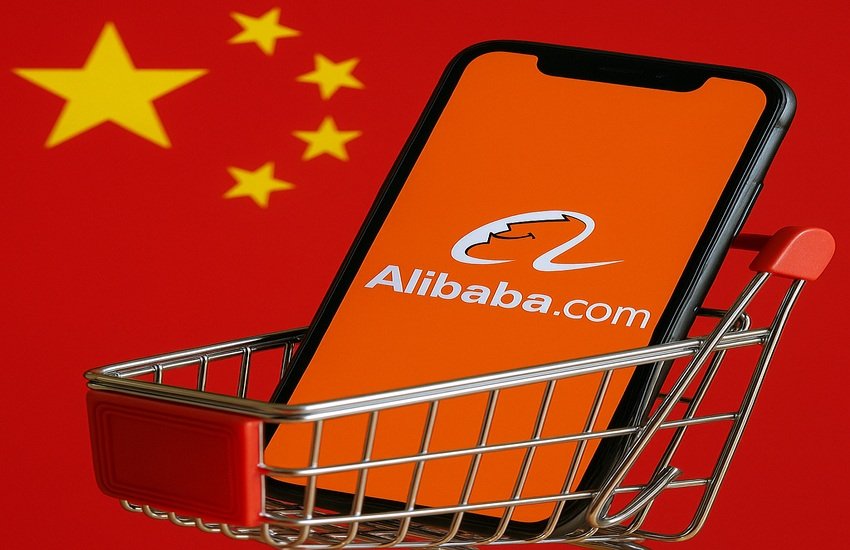Sign Up For Free To Keep Reading
ZIM Integrated Shipping Services saw its stock jump 6.6% after reports surfaced that its board of directors is actively soliciting acquisition interest from external parties. This outreach comes in response to a prior bid discussed in August, where ZIM CEO Eli Glickman, along with five other executives and Israeli shipping tycoon Rami Ungar, was reported to be interested in taking the company private for $20 per share. According to Calcalist, ZIM’s board found the indicative offer unsatisfactory and has now engaged investment bank Evercore to explore better terms from alternative bidders. Among those approached is Danish shipping giant Moller-Maersk. The board’s move signals a significant strategic pivot and reflects underlying dissatisfaction with internal buyout terms. The lack of a formal bid from Glickman and the potential for a more competitive offer environment have thrust ZIM into the M&A spotlight. Here’s what’s driving the current stock move and strategic noise around the container shipping firm.
Prospect of a Takeover Premium
The possibility of a takeover premium is now central to ZIM’s equity narrative. With the board rejecting a reported internal offer around $20 per share, it signals that management believes the company’s intrinsic value is substantially higher, or that alternative offers may yield better shareholder value. The company’s LTM Price/Sales ratio of 0.19x and LTM EV/Revenue of just 0.68x as of September 2025 reflect deep discounts relative to historical mid-cycle shipping multiples. ZIM also trades at a low LTM EV/EBITDA of just 2.19x, reinforcing that even a modest takeover premium could yield significant upside from current levels. These multiples are well below sector medians, particularly when adjusted for ZIM’s capital-light operating model and global customer base. Investors likely view the board’s resistance to the internal offer as a signal that external acquirers—especially strategic buyers like Maersk with synergies to extract—may be willing to pay more. The precedent of consolidation in the shipping industry also supports the notion that asset-backed valuations remain attractive relative to potential earnings power once freight rates normalize. That said, the market’s current pricing implies a degree of skepticism, possibly due to macro softness in global shipping demand or concerns over anti-trust implications of a strategic merger. Still, from a valuation standpoint, the asymmetric setup—marked by a floor set by a potential bid and the upside of a strategic acquisition—positions ZIM stock uniquely among its peers.
Potential for Competitive Dynamics
The emergence of a potential bidding process significantly changes the strategic dynamics for ZIM. While the initial management-led buyout had raised eyebrows due to potential conflicts of interest, the board’s subsequent outreach to strategic and financial buyers, including Evercore’s contact with Moller-Maersk, sets the stage for a more transparent process. A competitive auction scenario could compel multiple parties to table formal proposals, especially if ZIM’s discounted trading metrics are widely seen as unjustified. This competitive tension could lift the clearing price for any eventual buyout, creating a bidding war among global shippers or even infrastructure-focused private equity firms with long-duration capital. Given ZIM’s global routes, scalable fleet, and access to key maritime trade lanes, buyers may see immediate strategic value from bolt-on synergies, especially in areas like network optimization, vertical integration, or fuel efficiency upgrades. At the same time, M&A activity in shipping tends to be cautious due to regulatory oversight, especially for cross-border deals involving dominant players like Maersk. Even so, the signaling from the board suggests a willingness to run a real process, contrasting with the management-led bid that lacked transparency and formal structure. Investors and analysts alike are likely to view any formal bid submission—especially one that improves upon the rumored $20/share mark—as a validation of ZIM’s strategic value. Importantly, this sets a new short-term floor for the stock and keeps upward optionality alive, even if an ultimate deal takes time to materialize or faces regulatory hurdles.
Signal of Intrinsic Value
The fact that CEO Eli Glickman and a group of executives are seeking to take the company private underscores a rare alignment of insider confidence. Typically, insiders initiate such offers when they believe the market undervalues the business significantly and when they foresee longer-term strategic or operational levers that public markets may not reward in the near term. This internal bid—although still lacking a formal price—implies a strong belief by Glickman and his team in ZIM’s asset base, earnings power, or perhaps restructuring optionality that could be more efficiently realized away from public scrutiny. However, the board’s reluctance to engage at the rumored $20 level introduces a compelling twist: management’s belief in value may be more conservative than that of the board or its advisors. This divergence is material. It suggests that either the board is confident in obtaining better offers or that it sees more upside in a standalone turnaround. Furthermore, management’s involvement in the process could create procedural complexity or discourage some buyers, especially if management is seen as bidding against third parties. On the other hand, a management-backed offer can also provide certainty, especially for financial buyers looking for operational continuity. The presence of a motivated insider bidder could act as a stalking horse and force strategic buyers to sharpen their pencils. Still, management’s lack of a formal proposal to date is a critical gap and may diminish its credibility if external bidders table actionable proposals in the near term.
Unresolved Transaction Risk
Despite rising share prices and media speculation, the path to a completed deal remains highly uncertain. Several risks could derail the process, including regulatory resistance—especially if a strategic like Maersk pushes forward—a lack of competitive bids, or financing concerns amid high interest rates and volatile credit markets. The absence of a formal offer from Glickman, despite early media reports, suggests that internal consensus may still be forming or that deal financing isn’t secured. Meanwhile, Evercore’s role as adviser opens the door to a longer strategic review rather than an imminent transaction. There’s also the real possibility that no external bids materialize at a compelling premium, particularly if shipping industry fundamentals continue to soften into 2026. ZIM’s earnings volatility, exposure to freight rate fluctuations, and limited scale relative to global giants could limit strategic interest, especially if integration risk is deemed high. On valuation, while LTM EV/EBITDA is attractive at 2.19x and the stock trades at just 0.19x LTM P/S, these multiples reflect deteriorated margins and the reality of cyclically depressed EBITDA. Moreover, the company’s P/E is currently distorted due to negative earnings on a trailing basis, which could weigh on how financial sponsors evaluate free cash flow normalization. While the current activity clearly puts ZIM in play, the ultimate outcome will hinge on credible third-party bids, regulatory signals, and how quickly Glickman’s group formalizes an offer. Until then, investors are navigating headline momentum, not hard terms.
Key Takeaways
ZIM Integrated Shipping’s recent stock rise reflects increased investor anticipation around a possible takeover after the board engaged Evercore to canvass the market. The move counters an internal buyout effort led by the CEO and indicates that the board is seeking a broader valuation discovery process. With trailing valuation multiples such as 0.19x Price/Sales and 2.19x EV/EBITDA, ZIM appears attractively priced relative to industry norms, especially given its international routes and asset-light structure. However, downside risks remain prominent: no formal bids have been submitted, earnings are currently negative, and broader shipping industry demand remains volatile. Regulatory complexity, deal structuring, and capital availability will also play crucial roles in shaping any eventual transaction. For now, ZIM’s valuation embeds both optionality and uncertainty—leaving the market cautiously optimistic, but far from conclusive.





